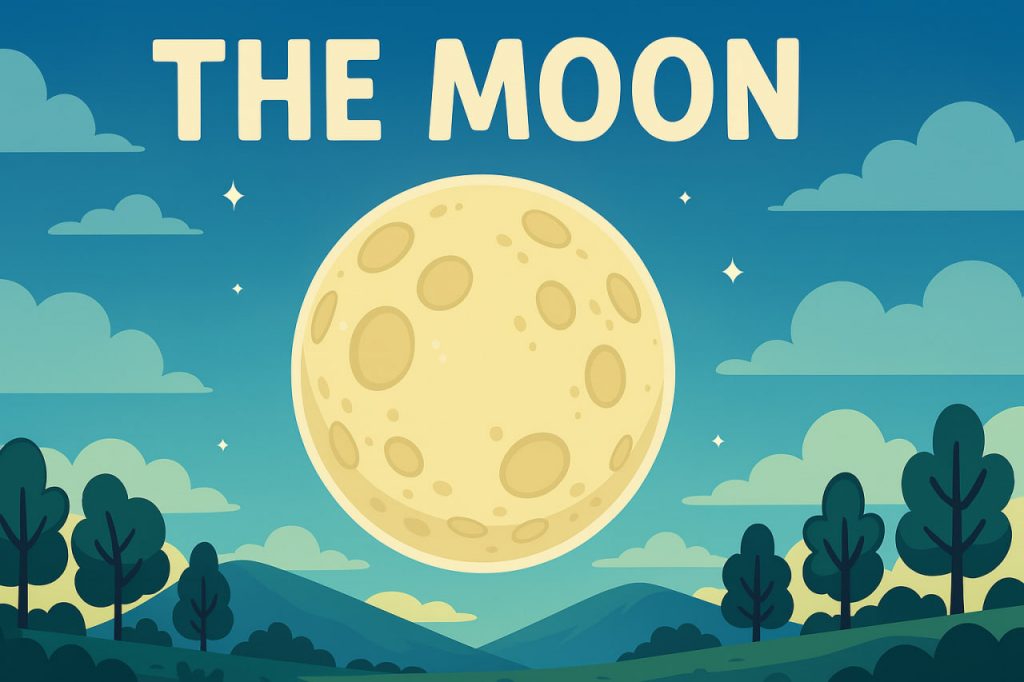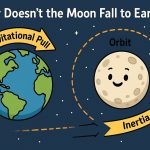The Moon is Earth’s only natural satellite, orbiting our planet at an average distance of about 384,400 kilometers. It is the fifth-largest moon in the solar system and the second-densest, after Jupiter’s Io. Despite its close proximity, the Moon remains a source of fascination, myths, and scientific discovery.
It plays a vital role in shaping life on Earth—affecting tides, stabilizing our planet’s tilt, and even influencing biological cycles.
How Did the Moon Form?
The most widely accepted theory is the Giant Impact Hypothesis. Scientists believe that over 4.5 billion years ago, a Mars-sized body (called Theia) collided with the early Earth. The debris from this massive impact eventually gathered and formed the Moon.
This explains why the Moon’s composition is similar to Earth’s outer layers but lacks a significant iron core.
Surface and Structure
The Moon has:
- Craters formed by meteor impacts
- Maria (Latin for “seas”) – large, dark plains of solidified lava
- Highlands – bright, mountainous regions
- Regolith – a layer of lunar soil made of fine dust and rock fragments
The Moon has no atmosphere or liquid water, so temperatures vary dramatically—from +127°C in the day to -173°C at night.
Moon Phases and Eclipses
The Moon doesn’t shine by itself; it reflects sunlight. Its phases (new moon, crescent, full moon, etc.) result from the changing angles between Earth, Moon, and Sun during its 29.5-day orbit.
It also causes:
- Solar eclipses – when the Moon blocks sunlight from reaching Earth
- Lunar eclipses – when Earth casts a shadow on the Moon
Importance of the Moon
- Tides: The Moon’s gravity pulls Earth’s oceans, creating tides that influence ecosystems and weather.
- Axis stability: It helps keep Earth’s tilt stable, maintaining a predictable climate over long time scales.
- Cultural impact: The Moon has inspired myths, calendars, poetry, and art for thousands of years.
Exploration of the Moon
- The first human-made object to touch the Moon was the Soviet Luna 2 in 1959.
- NASA’s Apollo 11 mission in 1969 marked the first human landing on the Moon by Neil Armstrong and Buzz Aldrin.
- Modern missions (like Artemis, China’s Chang’e program, and private projects) aim to return humans and build a permanent lunar base.
Glossary
- Satellite – An object that orbits a planet.
- Giant Impact Hypothesis – The theory that the Moon formed from debris after a massive collision with Earth.
- Maria – Dark, flat regions on the Moon’s surface formed by ancient volcanic activity.
- Regolith – Loose dust and rocky debris on the Moon’s surface.
- Tides – The regular rise and fall of sea levels caused by the Moon’s gravity.


